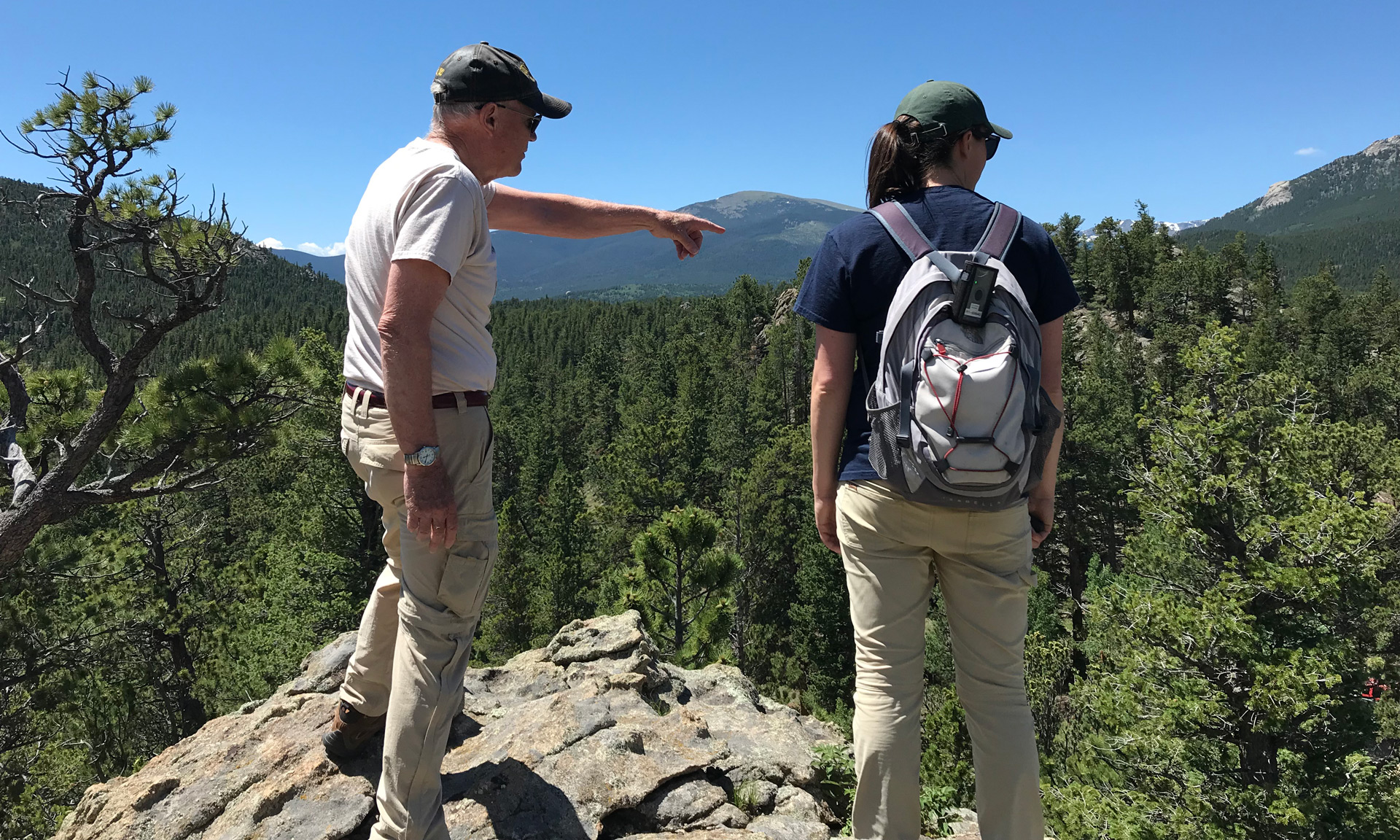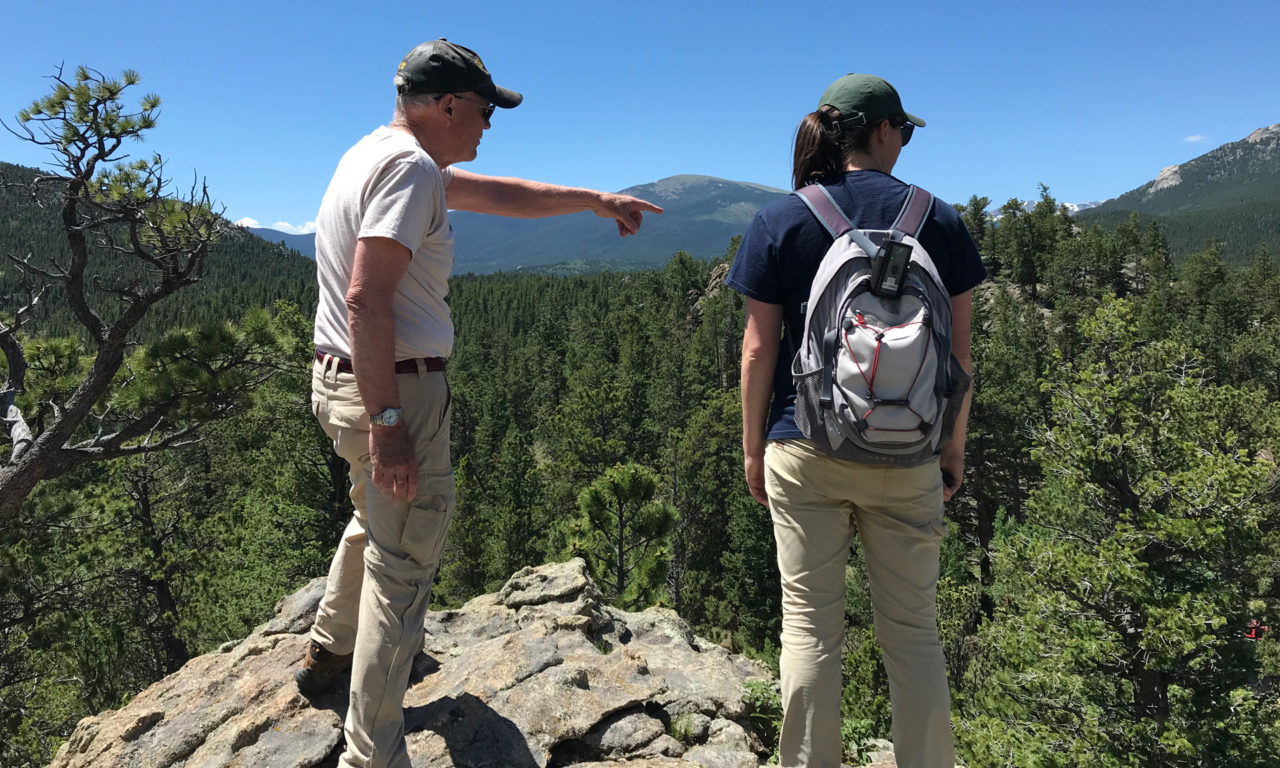Boulder County protects approximately 106,000 acres of open space, making the county a unique place in which to live and enjoy the outdoors. You may be surprised to learn that 40,000 acres of that open space are conserved, thanks to 850 private landowners who made the decision to protect their land with conservation easements. That totals an astonishing 40 percent of the department’s open space.
A conservation easement is a legally binding agreement between a landowner and a qualified organization that restricts how a property can be used and developed. This agreement “runs with the land,” which means that when the property transfers to a new owner, those restrictions also transfer. Conservation easements are written to protect the important conservation values of each property, such as productive agricultural land, scenic viewsheds, and valuable wildlife habitats. Boulder County holds the conservation easement in trust for the public, but the landowner privately owns and manages the property. The public typically does not have access to the property because it remains in private ownership.
When Boulder County accepts a conservation easement over a private property, it also accepts the responsibility to steward it, now and into the future, to ensure that the terms of the agreement are upheld. This is a forever job. Each year, conservation easement program staff take the roads less traveled to visit some of those properties, meet with landowners, and assess each property’s current condition.
A Day in the Life of Conservation Easement Program Monitors
So, what exactly do we do when on a stewardship monitoring visit? First, we let the landowner know we’re planning a visit; some landowners request to join us. We prepare for the visit by reviewing previous years’ monitoring reports, correspondence, and the conservation easement. Like snowflakes, no two conservation easements are the same, so it’s important that we learn the nuances of each one.
During the visit, we look for a variety of things, including native and invasive plants, signs of wildlife, and any new buildings or activities. We often walk the property with the landowners, hearing about their successes and challenges, discussing changes, and assessing future plans to ensure they remain in compliance with the terms of the easement. We cover as much ground as we can, documenting our observations along the way.
Back in the office, we review our observations and follow up with landowners as needed. If a landowner needs help with controlling invasive weeds, forest management, or guidance on grazing, we can connect them with helpful resources. We rely on the support of many agencies to help landowners manage their land, including CSU Extension Services, the Natural Resources Conservation Service, and Parks & Open Space staff. The final task after a monitoring visit is to write a stewardship monitoring report. These reports are an important tool for tracking property conditions over time.
Enduring Partnerships
These relationships with internal and external partners, together with good stewardship practices and dedicated landowners, help properties maintain their conservation values over the years. Our responsibility to steward Boulder County’s conservation easement properties is not only a responsibility, but a privilege. We can’t thank these landowners enough for all that they do to care for their property and for partnering with Boulder County. Our community would look very different were it not for their dedication to conserving their resources.



